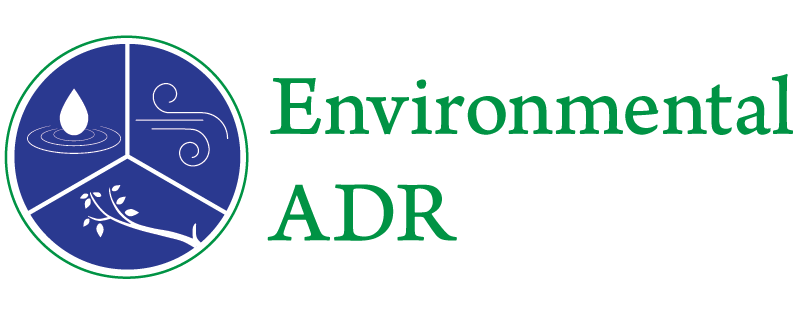 Over the course of my career, mediation has proven successful in resolving every major type of “environmental” case or dispute.It has been equally effective in handling the most complex multi-party and multi-jurisdictional disputes, as well those limited to two-parties or a single jurisdiction. It works equally well in handling disputes purely between private parties, as as well as those involving regulators and the public interest.
Over the course of my career, mediation has proven successful in resolving every major type of “environmental” case or dispute.It has been equally effective in handling the most complex multi-party and multi-jurisdictional disputes, as well those limited to two-parties or a single jurisdiction. It works equally well in handling disputes purely between private parties, as as well as those involving regulators and the public interest.
In short, mediation works for every sort of environmental legal controversy, whether it regards damages or regulatory enforcement; any dispute in which a chemical or contaminant has caused, or could cause, injury or sickness to people, to our physical environment or even to the value of real property we own or occupy.
These are all different types of environmental disputes [I have personally helped resolve as a mediator]:
- the investigation and cleanup of contaminated land (soil), surface waters, groundwater including the water we drink, and the air we breath indoors and out
- Competing claims by owners and operators of neighboring parcels of land, manufacturing sites, gasoline and dry cleaning businesses, etc. over who caused the contamination and how much of it, and who should pay to clean it up (and how much)
- “Land Use” disputes over the location and size of planned buildings and developments, such as shopping centers, airports or golf courses, etc., and their potential effects on the environment (water, air, light, animals and their habitats, traffic and other resources)
- Disagreements between environmental regulators and manufacturing concerns over the levels of permitted discharges of waste and associated penalties
- Claimed violations of the Clean Air and Clean Water Acts
- Disagreements with and among insurance companies over whether the costs of investigating and/or cleaning up the contamination is covered by current and past insurance policies
- “Toxic tort” claims, i.e., injuries to people or to their property caused by airborne or waterborne contaminants or from ingesting or having physical contact with harmful chemicals
- Issues relating to natural disasters and fires, including climate change and sea level rises, which cause harm to people and their property (such as Super Storm Sandy
- “Natural Resource Damage” cases, where the government sues to recover for damage to our environment and our enjoyment of it (such as in national parks and public beaches)


